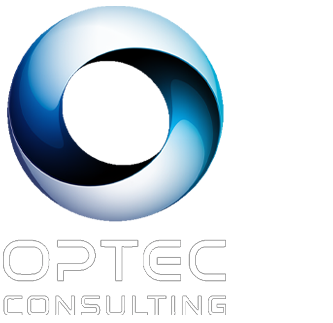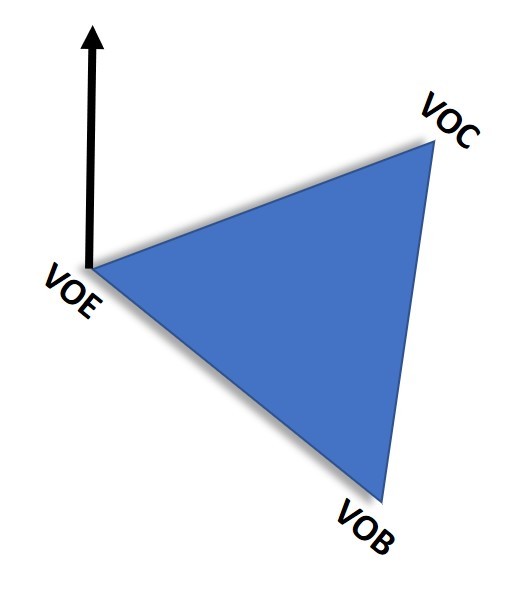Most organizations are well aware of the concept of the Voice of the Customer. We recognize the importance of gathering information and feedback from our Customers to assess and understand what is important to them and how well we are doing in satisfying their needs and wants. Organizations often state that “The Customer is always right” or “the Customer is #1”. Strict adherence to mottos such as these is a sure-fire way to go out of business. Yes, the Customer must be a priority, a focus and the major driver of what an organization does. But there are other Voices that exist in an organization which, if ignored, will greatly hinder and possibly undermine the ability to be successful. While the Voice of the Customer should remain the predominant Voice to react to, there are two other Voices that must be balanced for an organization to be successful in the long run. These other Voices are the Voice of the Business (VOB) and the Voice of the Employee (VOE). The model below represents this triad of Voices.

The head of the triangle and the direction of the organization’s priorities is and should be in satisfying the Customer. Without the Customer, the VOB and VOE are moot issues since there will be no customers and therefore no business and certainly no need for employees. But sometimes, the VOC is detrimental to the health of the business and what the VOB is saying with regards to its long-term mission. One of Jack Welch’s (former CEO of GE) favorite quotes is “Without doubt, there are lots of ways to measure the pulse of a business. But if you have employee engagement, customer satisfaction, and cash flow right, you can be sure your company is healthy and, on the way, to winning.” Essentially, he is describing the VOE, VOC and VOB. But, at times, an organization must shift the priority and give greater emphasis to one of the other Voices. Fully satisfying the VOC while negatively impacting the VOB cannot be a long-term strategy and would counteract Welch’s need for an organization to have “cash flow” to be “healthy and on the way to winning”.

Note that now, while the VOC is still the primary focus and path forward, there a shift to the VOB as a directional priority. While an organization might be tempted to lower a price and profit on a product, that cannot be a long-term strategy. Possibly, an organization might use it as a short-term strategy to gain a competitive advantage. At some point, an organization might need to tell a Customer, “NO, we can’t do that.” Obviously, do it too often and you won’t have any customers.
The third Voice, VOE, concerns the needs and preferences of the employee. Ignoring this Voice can have a significant impact on both the Voice of the Business as well as the Voice of the Customer. Jack Welch said that “No company, small or large, can win over the long run without energized employees who believe in the mission and understand how to achieve it.” Unhappy and unmotivated employees will deliver poor customer service which will have a negative impact on the ability of the business to meet customer needs and wants. Unhappy and unmotivated employees will often want to substitute monetary satisfaction for job satisfaction thus raising the cost of doing business. There will be high turnover, sloppy work practices and possibly work stoppages or strikes. This will be in direct conflict with the VOB. That is why you now see the directional priority is towards the VOE. While the primary path is still in the direction of the VOC, there is a little tangent where the VOE must become the priority.

While the notion that the Customer and the Voice of the Customer should be an organization’s primary path and priority still holds, there will be times when the other organizational Voices must be listened to and balanced so, as Welch said, “……if you have employee engagement, customer satisfaction, and cash flow right, you can be sure your company is healthy and on the way to winning.” Is your organization listening to and hearing the three Voices? Are you reacting to them so that there is balance and a give and take so that, in the long run, everyone wins? If so, you will be “…..on the way to winning.”







